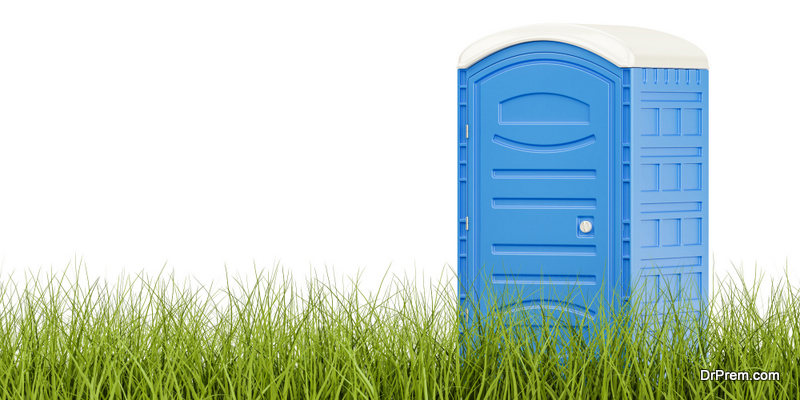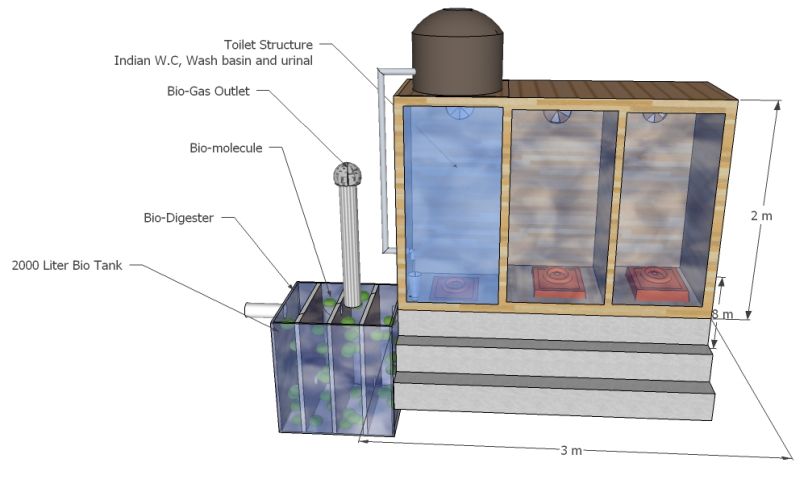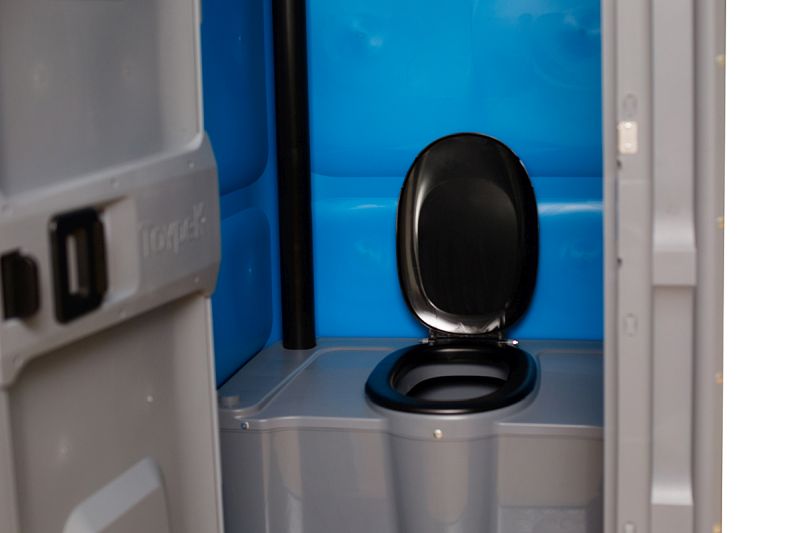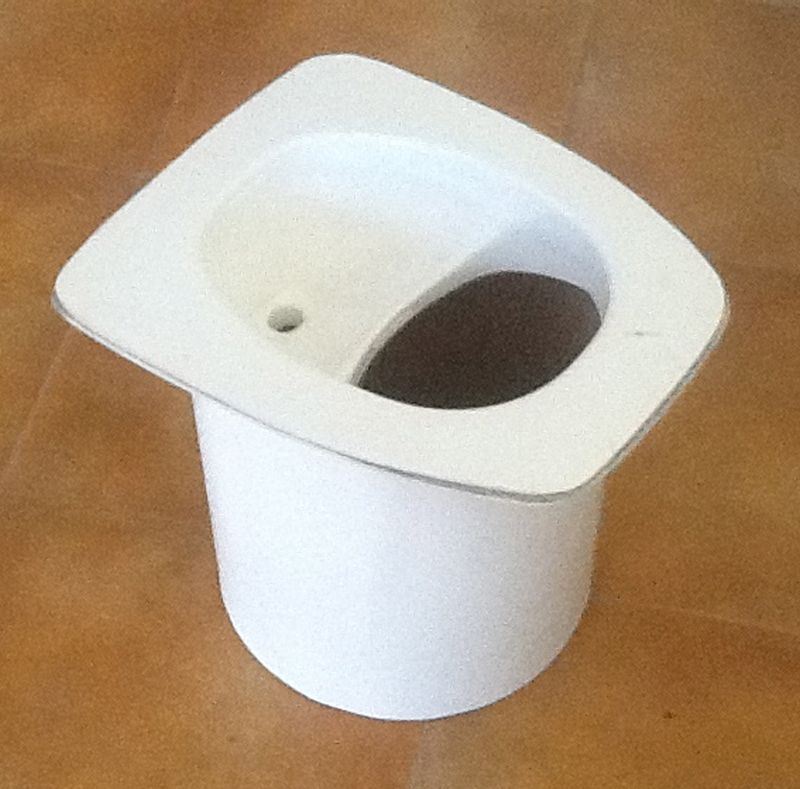Modern toilets need a lot of water and septic systems. The eco friendlytoilets are bio toilets which do not require septic systems or water. Bio toilets are not a new concept. They have been used in very cold areas regularly. Bio toilets are actually composting toilets, and even without water, these toilets are odorless. Surprising isn’t it? Bio toilets technology and functionality is amazingly simple. Let’s take a look at some of the essentials of bio toilets:
Know more about bio toilets technology and functionality
Most of us have never seen a bio toilet. Some of us probably have not even heard of bio toilets. These bio toilets an eco-friendly approach and will probably be adopted in some years to come as the toilet in everyone’s homes. The scarcity of water in the world is going to make bio toilets necessity, and not just a choice.
So what is involved in bio toilets technology and functionality? A bio toilet uses a kind of natural process to break down human waste. It is described as an alternate sewage treatment process, which decomposes human feces on-site. The decomposed feces is used for soil treatments and gardening.
As we said before, it’s an eco-friendly measures for sanitation. This is because it does need any water or a separate sewage system, or a plant which treats sewage. This reduces a lot of infrastructure cost too, and no waterways are ever polluted.
How do bio toilets work?
All you require for this type of toilets are some carbon additives depending on the kind of bio toilet you are using. Or, you need aerobic organisms or certain types of bacteria, which is capable of breaking down the human waste. Basically, simple bacteria is behind the bio toilets technology and functionality. The concept is similar to that of composting pits that people have in their backyards.The perfect environment has to be created for the bacteria to work.
What are the parts of a bio toilet?
Image Source : ubg.ge
You’re probably wondering what exactly are the parts of a bio toilet. Well, this kind of toilets do have certain specific parts, due to which the decomposing process can happen.
Just as in other toilets, there is a part where you sit or squat, and the composting or collection unit.
Then, there is the storage unit which collects the feces and urine. This is generally designed in a sloping manner. This is also the space where the decomposition takes place, and is the main part of bio toilets technology and functionality.
The next is the ventilation unit. This has to be there, so that the bio toilet does not smell. Malodorous gases are taken care of naturally.
The fourth chamber or part is the leachate management system/mechanism. This part is designed in a way that liquid is eliminated quickly.
The final part is the access door through which you can remove the decomposed matter or compost.
How does decomposition occur in bio toilets?
The most important aspect is to keep the liquid and solid waste separate. As 90% human waste is water, it evaporates very quickly. There are passive composting latrines which use the sun as well as wind as catalysts to evaporate the liquid waste.
The other method is to use electricity. The electric system heats the liquid waste. This is designed to make the process of evaporation of liquid matter faster. One thing to note is that in both the systems, the liquid matter cannot be completely dry.
For the decomposition of solid waste, the four things necessary to be perfectly balanced are oxygen, aerobic bacteria/ organisms, heat, and moisture. These elements, toilet paper, and feces and other plant components enable the composition process to occur. Bacteria, fungi, insects and worms break down the feces into ‘humanure’.
Carbon in the form of sawdust, wood chips, ash, paper, soil, and straw is used to make the decomposition process faster.
The simplicity of bio toilets technology and functionality is what makes it an eco-friendly measures for sanitation.
How long does it take?
The question bogging your mind would probably be this – how long does the process take? In a regular toilet you just have to flush and that’s it!
There are many things which influence the time of decomposition. For example, the number of users. If number of people using the bio toiletis more, then more time is needed. Again, if the volume of the storage chamber is more, then more time is required. Electric bio toilets work faster, as the temperature is easy to regulate. The balance of oxygen, moisture, bacteria etc also matters.
Types of bio toilets
Solar powered and self-cleaning bio toilet
 Image Source : thebetterindia.com
Image Source : thebetterindia.com
Designed by Eram Scientific in Thiruvananthapuram, these toilets can be easily installed. The toilet flushes before and after use by itself, using very little water. All the functions are monitored by GPRS telemetry. The benefits of bio toilets, such as this one, is that they provide sanitation to people who have very little access to modern toilets.
Bamboo toilet
These are cheap as well as practical. Bamboo is an eco-friendly material which is used to build bio toilets in rural areas.
EcoSan toilets
Image Source : cassagnolcomposites.com
These are also known as UDDT toilets (Urine Diverting Dry Toilets). These bio toilets are used when it is impossible to dig the ground. It is built using bricks or hollow blocks. Holes are separate for urine and feces, as well as cleaning water. The floor of the toilet is concrete. Each chamber is used alternately for about 12 months.
Bio digester toilets
Image Source : starlinefabricators.com
Bio digester toilets were developed by India’s DRDO. These toilets use psychotropic bacteria such as Methanosarcina and Clostridium to decompose the human waste into gas and water. Once used, the bacteria can be used forever. The waste is sent to a huge biodigester tank where the waste is converted into humanure and the resulting methane gas in the process is used for many purposes.
The benefits of bio toiletsare many. The bio toilets an eco-friendly approach as they use little or no water. There is no need for any infrastructure which has to be interconnected with the whole city. No chemicals are used in this process, which makes it very eco-friendly.







